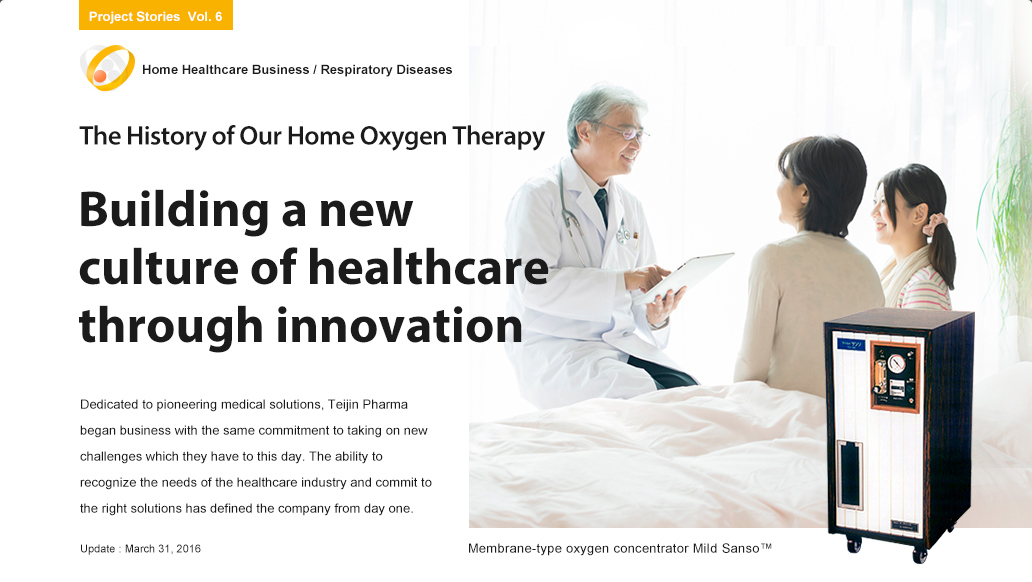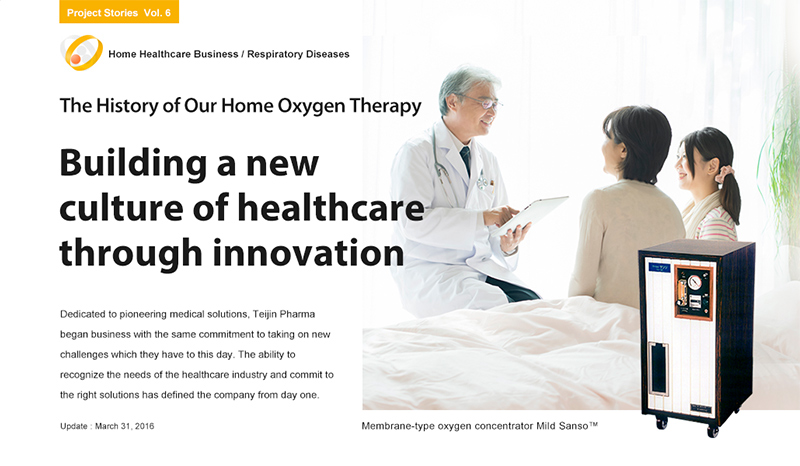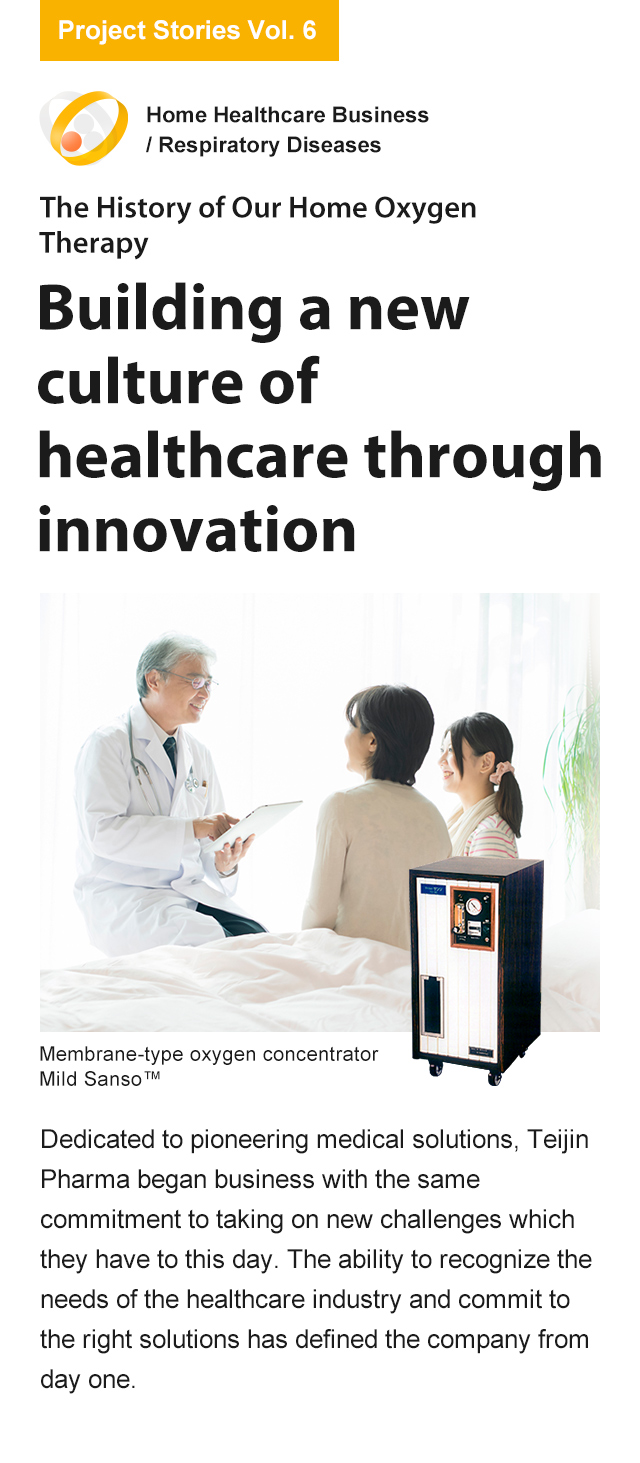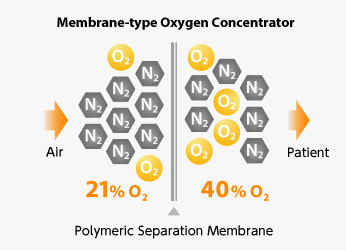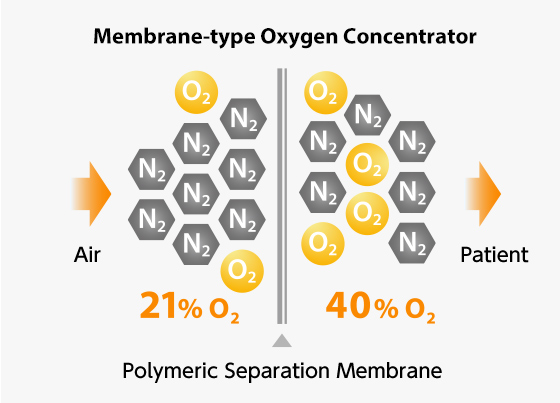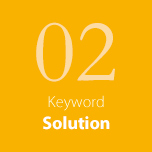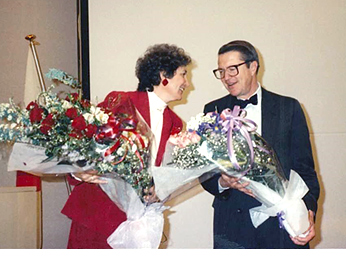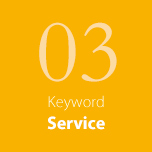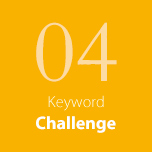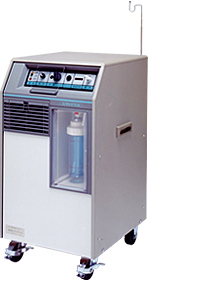Teijin has been researching membranes, thin porous films, as part of its polymer chemistry research since the early 1950s. At that time, Teijin had not yet formed its healthcare business and this research was directed towards potential use in the auto and aero industries, or as filters for seawater. However, Teijin researchers soon realized that if they could create membrane filters for liquids, there was also potential for filtering gasses to separate their different substances. Seeing the potential applications these membranes would have, researchers began to look into medical applications. The membrane experiments went through many stages and progress was slow, but after many failed attempts, the team’s persistence payed off and Teijin discovered a film that could separate the substances in gasses. Thanks to this breakthrough research, the membrane-type oxygen concentrator was made possible.
In 1978, the young Teijin pharmaceutical business was searching for the ideal product to launch a new venture. They wanted a product that would be useful to society and improve quality of life for patients, in the same spirit that drives Teijin’s corporate philosophy to this day. Up to this point, all medical equipment was kept inside hospitals and operated only by professionals, making life difficult for patients suffering from medical conditions needing frequent treatment, or those suffering chronic problems. Teijin saw the benefits of having medical equipment that could be used in the home to allow patients to live comfortably while receiving high-quality care. This idea went on to become the foundation of home healthcare in Japan.
In 1978, Teijin travelled to the US to research the business potential of oxygen concentrators and Long Term Oxygen Therapy (LTOT). In the US, LTOT trials had begun as early as 1965 and by the time Teijin arrived, the business had already grown substantially. Discovering a thriving market, Teijin made a further trip in 1981 in order to learn more about the technology and distribution in place there. They met Dr. Thomas L. Petty, the Father of Long Term Oxygen Therapy, and his colleague, Louise M. Nett. Thanks to this relationship, Teijin were able to study the benefits that LTOT has for patients of respiratory diseases and how the business was built through a system of leasing the devices to patients, as opposed to selling them outright. This system allows users to keep the device only for the time they need it in their home, without having to pay the high price of equipment.
With this newly accumulated knowledge, Teijin set to work on optimizing their business for Japan’s healthcare market and in 1982 they were given the green light to begin manufacture of their membrane-type therapeutic oxygen concentrator TO-40, the first such device to be manufactured in Japan. The TO-40 was launched in October the same year under the name Mild Sanso.
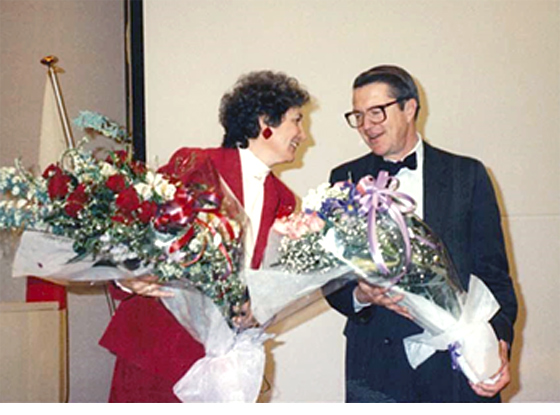 Louise M. Nett and Dr. Thomas L. Petty
Louise M. Nett and Dr. Thomas L. Petty
When this venture was launched, LTOT was not covered by Japan’s health insurance system, meaning that patients had to purchase the expensive equipment themselves as no hospital would lend their machinery to patients to use at home. Furthermore, although some progressive doctors adopted the idea, many did not support the use of medical equipment in patient homes, as they were concerned about devises that until then had always been operated by medical professionals being used unsupervised by patients. If a patient needed oxygen therapy treatment, they had no choice but to go to a hospital. Nevertheless, seeing the potential benefits for patients, Teijin continued to develop the business and implemented a leasing system similar to the one being used in the US.
The structure of the system Teijin developed had three main points. Firstly, to have a consistent and diligent support system in place for patients. Teijin’s new healthcare business looked after everything to do with the device, from installation through safe usage and maintenance, to removal. Secondly, Teijin planned rigorous inspections regularly for all their devices, ensuring they stayed safe and operational throughout their lifecycle. And lastly, they set up a 24-hour, 365 days-a-year support system for users. These three points removed the potential extra work load for doctors while still allowing patients to safely and comfortably use the treatment equipment in their own homes.

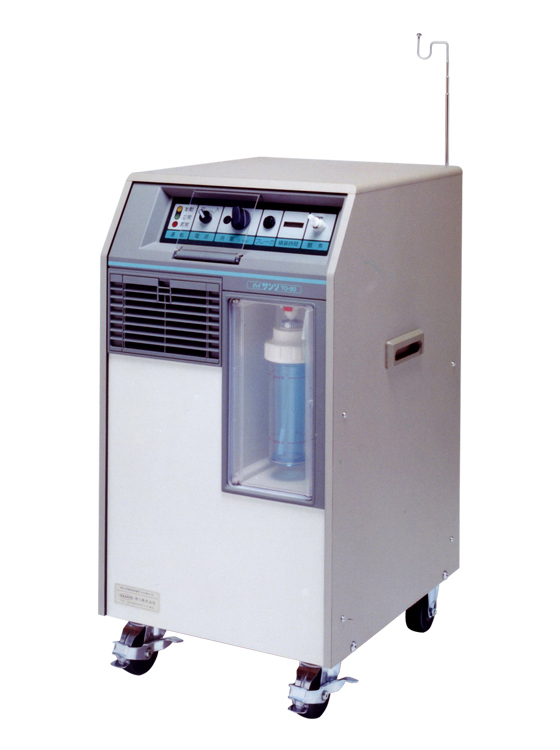 Absorption-type oxygen concentrator Hi-Sanso™
Absorption-type oxygen concentrator Hi-Sanso™Teijin’s system launched successfully and introduced the concept of home treatment to Japan, something which has grown in leaps and bounds since the introduction of the TO-40 in 1982. However, Teijin recognized the need to continue to develop for the future. Oxygen concentrators have been covered by the US health insurance since 1980 so Teijin made this a goal for business development in Japan. On the advice of Dr. Petty, they imported an absorption-type therapeutic oxygen concentrator made by John Bunn in the US and capable of higher oxygen density than membrane type concentrators. With this they immediately began working on future development. Treatments for respiratory diseases widened to other products in home healthcare and pharmaceuticals, such as Continuous Positive Airway Pressure (CPAP) therapy and the expectorant drug Mucosolvan.
The development of Teijin Pharma’s LTOT service helped to shape the future of the company. By placing the needs of patients at the center of every operation Teijin Pharma has built a business that is now in high demand. The next volume will talk about how LTOT services were adapted in order to make them available to patients equally across Japan and how the success of this operation founded the beginning of a global network for Teijin Pharma.
Related Links
- Project Stories Vol. 5 Creating Products to Match Medical Needs
- Project Stories Vol. 4 Improving Quality of Life for SAS Patients
- Project Stories Vol. 3 Building a Strong Platform in the Field of Bone and Joint Diseases
- Project Stories Vol. 2 Providing Home Healthcare Support in a Disaster
- Project Stories Vol. 1 A New Drug Born from R&D





